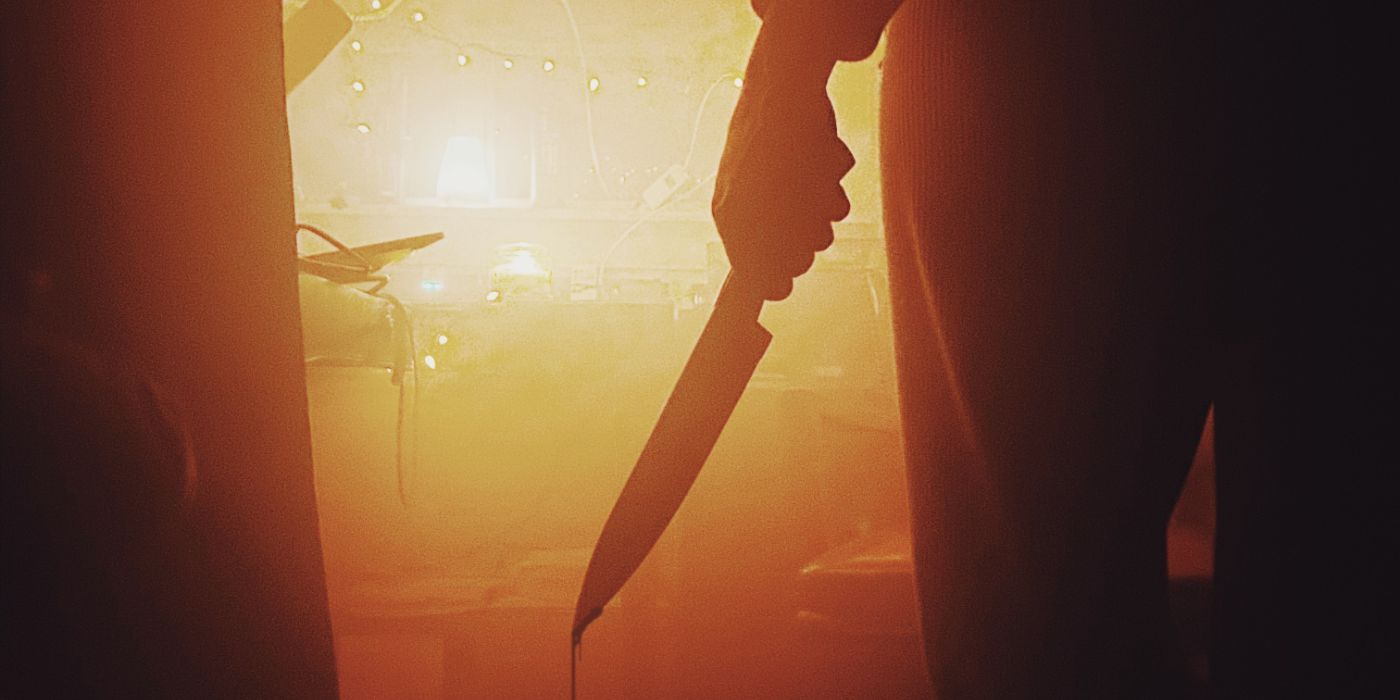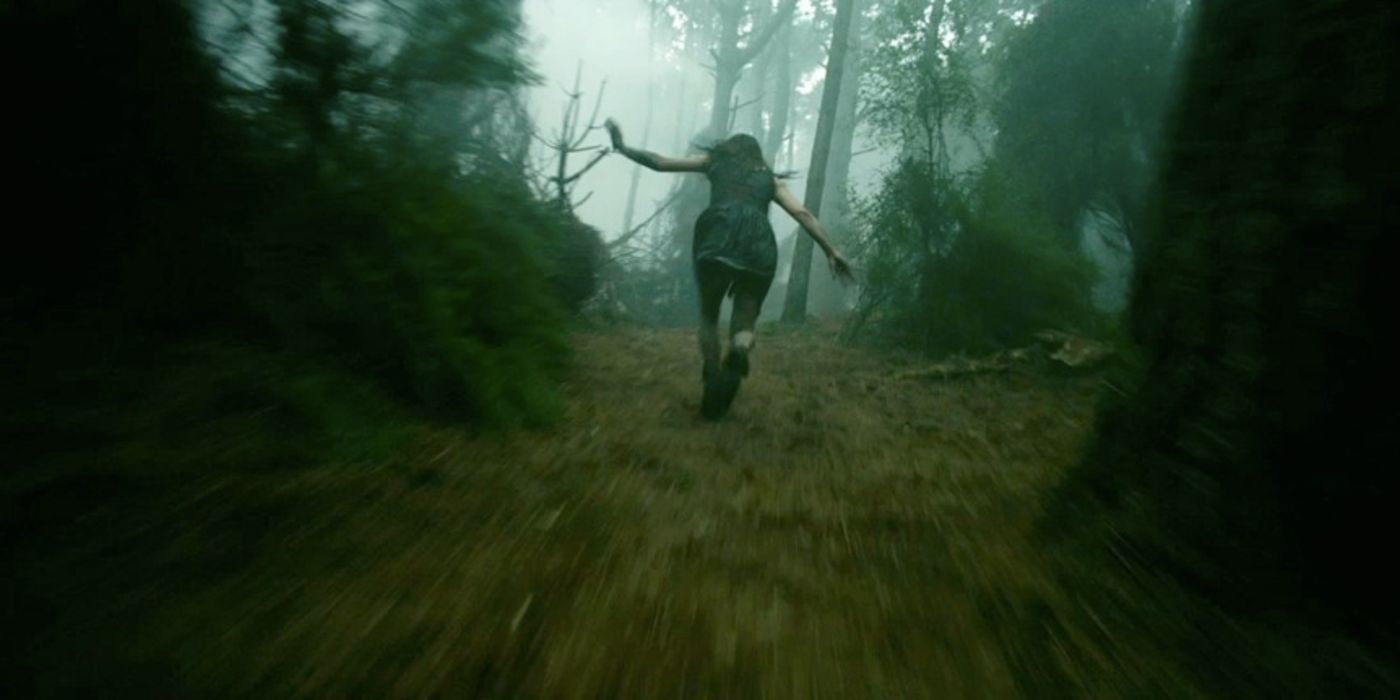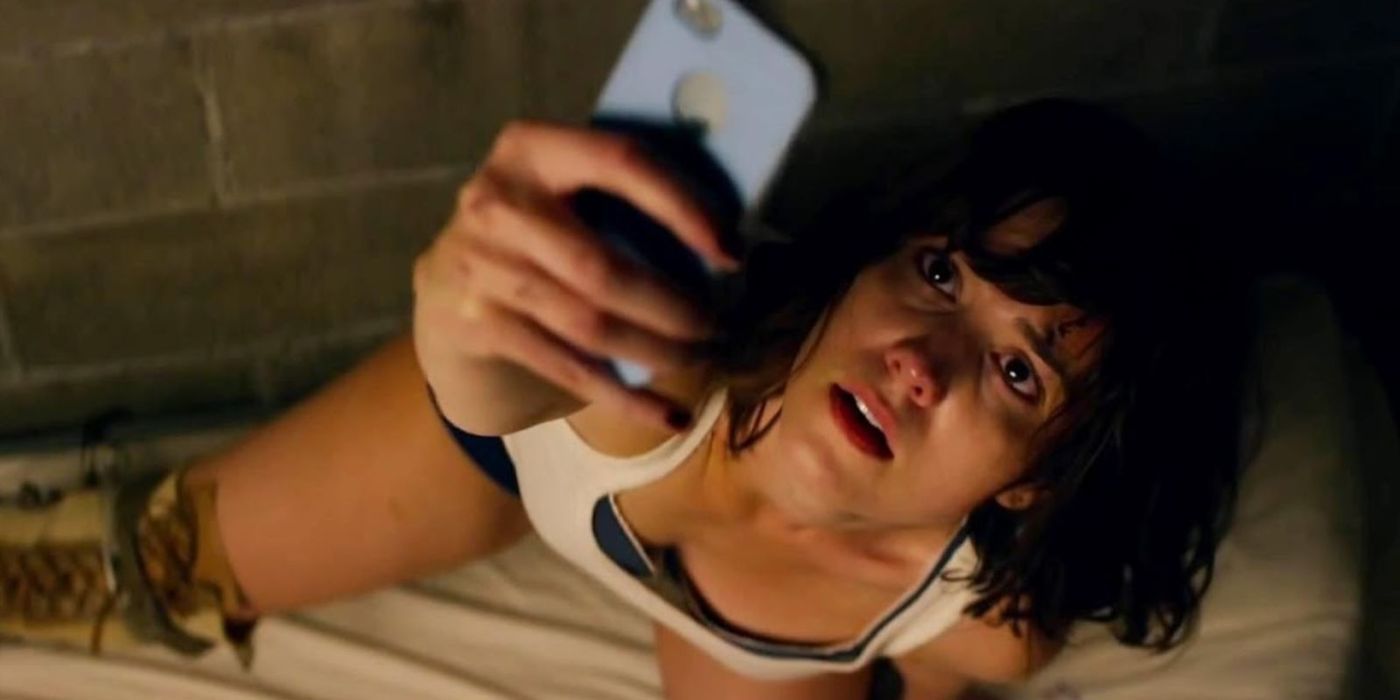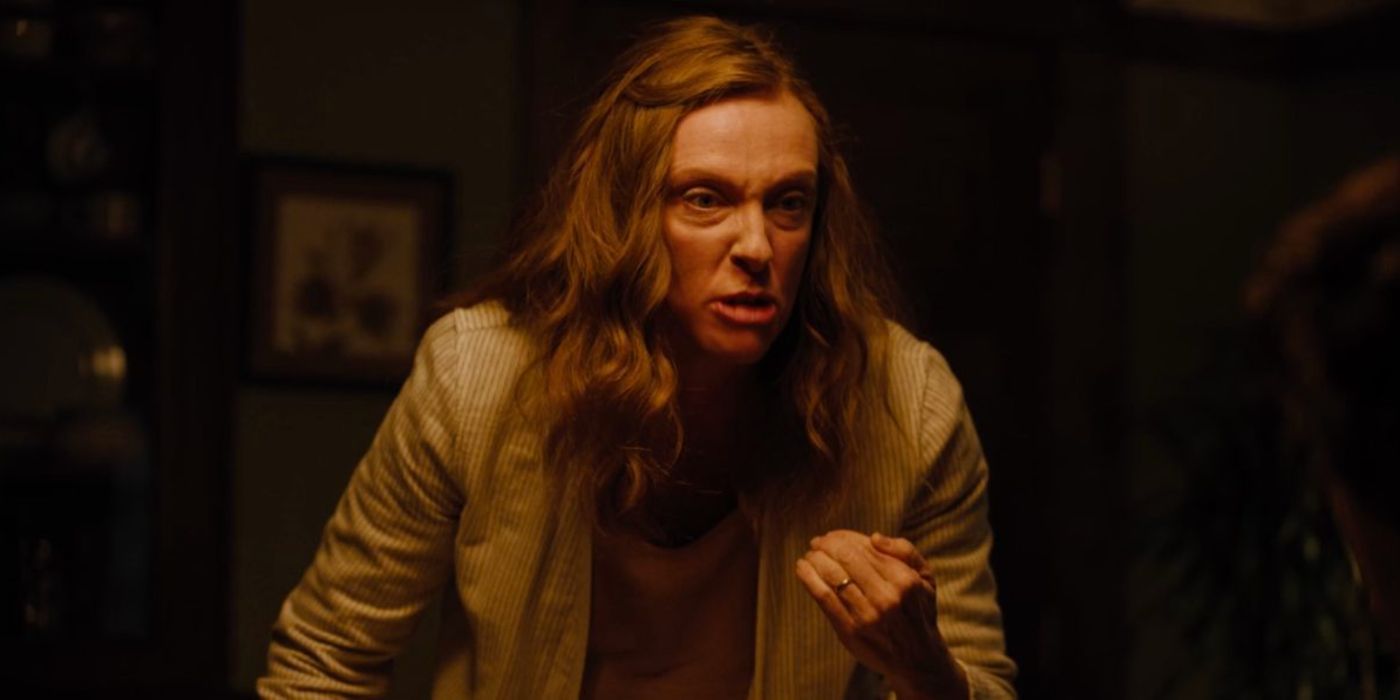For many people, horror movies are a source of escape and catharsis, a way to experience fear and work through confusing feelings in a safe environment, but much of the genre's tropes need an update so the biggest mistakes can be fixed for a modern audience. From the first horror movie ever made, 1896’s The House of the Devil, through modern-day releases like Host, Antebellum, & Impetigore, horror directors all over the world have been pushing the envelope with how to scare an audience.
Unfortunately, not all horror movies or directors come from a place of creativity and innovation, and horror fans are all too familiar with the tropes and problems that can come with the genre. In fact, a big trend in the '90s and early 2000s, particularly with the release of Wes Craven’s Scream in 1996, was the upwelling of meta horror movies and horror parodies that poked fun at these often stale or mocked tropes.
With so many sub-genres and horror movies out there in general, there are plenty of bad ones. While bad horror movies can have their own merit, there are also plenty of movies that could have been good if they had just stayed away from some of the more egregious tropes and mistakes that plague the genre. Audiences in 2020 are savvy, much like Scream's own Randy Meeks (Jamie Kennedy), so for the genre to continue thriving, these outdated practices and errors need to be addressed for a stronger, scarier future.
How Victims Respond To Killers & Monsters
By far the biggest mistake horror movies make across all sub-genres is the way that characters respond to the antagonists. From slashers to creature features, all sorts of horror movies are plagued by characters who behave like they’ve never seen or heard of a single horror movie in their entire life, and have no sense of self-preservation.
The first example of this is one most horror fans will know right away: assuming that the main villain is dead after hitting them or shooting them only once. Zombieland specifically highlighted this trope with their “double-tap” rule, but it’s still an egregious mistake so many horror movie protagonists make. And, it’s followed closely by the second major mistake horror movies have their victims make: dropping weapons right next to the killer.
Halloween is one of the best examples of this, with final girl Laurie Strode dropping so many weapons right next to Michael Myers after she hits him one time, every time, only for him to get right back up again and grab the knife once more. This mistake shows up constantly, especially in slasher films; no one trying to protect themselves in real life would do this. People would be far more likely to accidentally injure themselves from so tightly holding onto a knife than to fling it away, right next to the killer.
Another example of how horror movie protagonists act in a way that challenges the reality of a film world is when they seemingly have no knowledge of any horror movies existing at all. The biggest example of this is often seen in zombie movies when characters take forever to say the word "zombie", or even consider that what’s going on is a zombie-type infection.
In reality, anytime anything even remotely zombie-like happens, people immediately jump to zombies. Think of the first bath salts incidents, or the real-life fungus that The Last of Us used as inspiration as examples. Scream is one of the movies that really turned this concept around, bringing horror movie tropes and knowledge into the world as part of the film’s main plot. Even so, many modern horror movies still create character reactions and dialogue that suppose horror does not exist in any form in the movie’s world, which is not only unrealistic, but can be very frustrating for the audience.
In reality, people—especially women—are more vigilant and cautious than they are depicted in horror movies. Often horror movies will show survivors running around frantically, not considering where they are in relation to the villain, or panicking blindly without making any active moves to try to escape, form a plan, or fight back. Movies often create these characters who seemingly have no survival instincts and no thought for defending themselves, planning ahead, or working together to take on the opposition, which is not only unrealistic, it’s also insulting to the characters.
Scares Are Manufactured And Not Organic
For a lot of horror movies, creating scares is a careful formula of isolating the main characters, introducing suspicion, and then adding danger in whatever form it takes. Unfortunately, many movies use this formula in its most basic form and heavily use deus ex machina to create the set-up of the movie without coming up with creative ways for the plot to develop instead.
One of the biggest examples of this type of mistake is in trying to deal with the very modern issue of cell phones, wireless hotspots, and modern technology in general. A lot of the time—especially in slasher movies—filmmakers feel like the only way they can make a movie scary is to come up with a way to take the phones away from the protagonists. Often they do this through the incredibly uncreative, “Oh no, suddenly there’s no cell service,” or “I lost my phone.”
For modern horror audiences, this is not only incredibly boring, it’s not plausible. Everyone has cell service, pretty much everywhere they go. There’s often not a time or a place where modern people can’t easily reach each other some way or another. Especially in situations where more than one person is involved, there’s definitely more than one phone available.
A better solution to this common mistake is to come up with a creative solution for cell phones and connectivity and incorporate them into the plot — or even make them a twist. Maybe use technology against the protagonist(s) à la Black Mirror, or maybe the person on the other end of the phone is actually in league with the killer, but the caller doesn’t find out until it's too late.
Another common incarnation of this type of mistake is one specific to found footage films: the often repeated phrase, “We can’t stop filming.” But, why? Coming up with a reason why the camera operator actually can’t stop filming is incredibly important to creating a narrative that makes sense and feels authentic.
There’s a line in The Blair Witch Project that handles this problem really well. Josh says to Heather, “I see why you like this video camera so much. It's not quite reality. It's like a totally filtered reality. It's like you can pretend everything's not quite the way it is.” From that point, it makes complete sense why Heather continues to film regardless of how bad things get, and adds a level of realism to the movie, which was acclaimed for being almost too realistic.
Characters (& Villains) Are Still Written Like They’re In The 80’s
Finally, the biggest and most overarching mistake that horror movies are still making in 2020 is by continuing to write characters like they’re living in the 1980s. People living in the 21st century have a different set of expectations and survival skills now than they did back in the '80s. The '80s were when horror in general and slasher movies especially were experiencing a massive boom, and yet characters still continue to be presented the way they were in the '80s despite it being forty years later.
People in 2020 tend to be more cautious and suspicious of strangers, less likely to seek help from the unknown, and more likely to be prepared with some sort of self-defense skills, weapons, or even emergency kits that include items like flashlights, first aid tools, or GPS locators. This leads a lot of modern audiences watching horror movies to groan and feel unable to suspend disbelief enough, with many spending time thinking to themselves, “I would never do that.”
Consider how difficult it would be for the classic '80s slashers like Jason Voorhees, Freddy Krueger, and Michael Myers to rack up kill counts the same way they did back in the day against people who are smart, plan ahead, and work together. But that doesn’t mean that modern horror movies can’t be scary — they absolutely can, and they can do so with realistic characters, they just have to be more creative in their approach.
Some examples for movies in the modern day that are doing this really well include You’re Next, Hereditary, and They Look Like People, which are all highly character-driven films rooted firmly in a modern setting. Blending modern-day problems and solutions with characters who have depth and dynamic personalities builds a movie world that feels real and is easier for audiences to immerse themselves into.
A non-horror example is the modern detective story, Knives Out. It embraces all the tropes of detective stories, but builds a story with believable characters in a world where these types of tropes clearly exist. The movie feels real, because it’s driven by characters who are multi-faceted and have knowledge of movies like the one they’re actually in, which is a large part of what made it successful in the first place.
Modern horror movies do have the potential to be both scary and realistic. With newer horror releases, audiences are seeing more of these old-school mistakes and trends change with the times. Characters are getting more nuanced, knowledge of horror movies is being included within the fictional worlds, and plots are becoming more creative; it’s only a matter of time before horror movies largely leave these mistakes behind for good.




